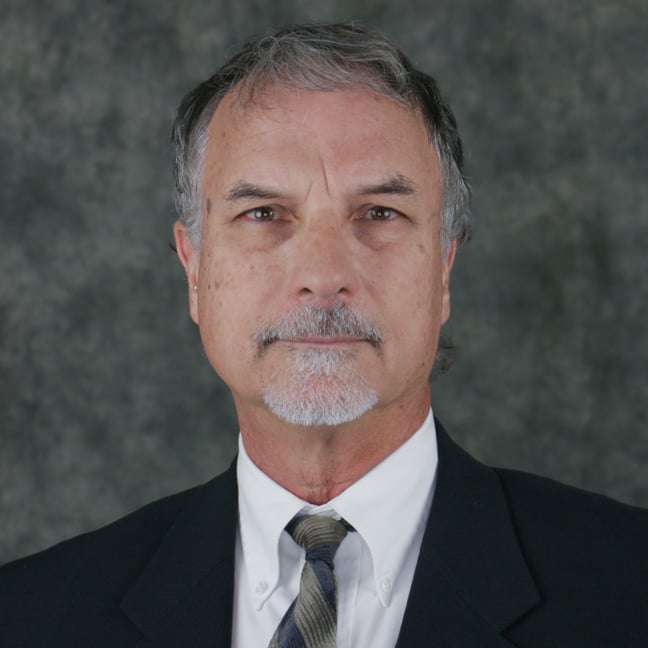Choosing the perfect pressure controller for the calibration lab or production testing takes a thorough consideration of controller features and specifications. This blog aims to cover these considerations to help you determine the right controller/calibrator for your application.
Controllers in Calibration Labs
For a calibration lab, the goal is to be able to calibrate as many pressure ranges and accuracy combinations as possible in the most efficient way in terms of equipment cost and time savings in the calibration process.
Dual channel modular pressure controllers have two independent channels that can accommodate interchangeable, custom range pressure transducers. Multiple plug and play transducers allow the user to easily change pressure ranges to fit each calibration.
When specifying a pressure controller, it is critical to compare the range(s) and accuracy of the controller with the ranges and accuracy of the devices being calibrated. The equipment used to calibrate must have an acceptable accuracy ratio with respect to all the devices being calibrated.
Additionally, calibration labs are often equipped with a standard software to record the calibration and print calibration certificates. It's important the pressure controller be able to communicate seamlessly with these systems.
Controllers for Production Testing
For production testing, the goal is fast, accurate and stable control to single or multiple pressure points. A durable controller that can sustain accurate and stable operation through repeated cycles will be the best choice. In addition, speed to a control point and control stability should also be a consideration.
Some pressure controllers use a single-stage pressure control mechanism, in which the entire source pressure is exerted on the regulating valves. This causes premature wear and tear on the regulator, along with instability in control. Other pressure controllers use a multi-stage control technology that protects the internal regulator from the full force of the source pressure which facilitates a more stable pressure control and minimizes the effects of rapid cycling and changes in supply pressure.
Production environments often have the instruments installed in a rack mount configuration so its important to keep in mind the size of the controller chassis and access to control functions on the chassis when making a selection. Future scalability is a desired feature in production environments, so choosing a modular instrument that can be reconfigured with a new regulator or new sensor ranges is a bonus.
For production, choose a controller that fits your application and has a reputation for longevity.
Below are the top five things to consider when choosing a pressure controller used for laboratory calibration or production testing:
1. Media Type
Choose a controller that is compatible with the media you are using. Air and nitrogen are typical pneumatic media for pressure ranges below 10,000 psi. Higher ranges typically use hydraulic media like water or oil. This selection will typically align with the devices you plan on calibrating and the medium used in their application.
2. Pressure Range
Evaluate the set of pressure ranges you will need to calibrate. The pressure controller(s) you choose must be capable of controlling to and measuring the full span of your expected ranges. This goal may be satisfied with a single channel controller, a controller with two channels, or multiple controllers. The scope of ranges and pressure types will determine the complexity, but to minimize the cost, dual channel controllers with multiple interchangeable internal transducers should be considered.
3. Pressure Type
Determine the type(s) of pressure needed to be calibrated: gauge, absolute, bidirectional or differential. The choice of sensors within the calibrator must match these types or be capable of emulating the pressure type of the devices being calibrated. For differential, a dual channel controller can be used to control the low and high side of the differential.
4. Accuracy
Determine the accuracy and your minimum acceptable test uncertainty ratio (TUR) for each range you need to calibrate. Choose a controller capable of calibrating each range and satisfying the requirements of the TUR. This can become complex when dealing with multiple ranges, accuracies and pressure types.
5. Duty Cycle
Consider the duty cycle required for the controller, This is particularly important in a production environment where repeated cycling of pressure is required. Many controllers have cycle life testing performance data the manufacturer can provide on request.
Choose Controllers Wisely
The optimal controller and sensor combination should be evaluated based on the range and accuracy class of the devices being calibrated, the duty cycle required, speed and stability.
Mensor’s pressure controllers provide highly configurable variations to fit your application and unmatched performance reliability to ensure long-term uninterrupted operation.
Related Reading:
- The Fundamentals of Pressure Calibration
- How to Calibrate Pressure Instruments
- Pressure Safety: How to Protect Devices from Overpressure
- Contamination Prevention: Extend Life of Pneumatic Pressure Calibrators
- Maximizing Efficiency through Automated Calibrations
- Choosing the Right Filtration Type for Pneumatic Instruments






